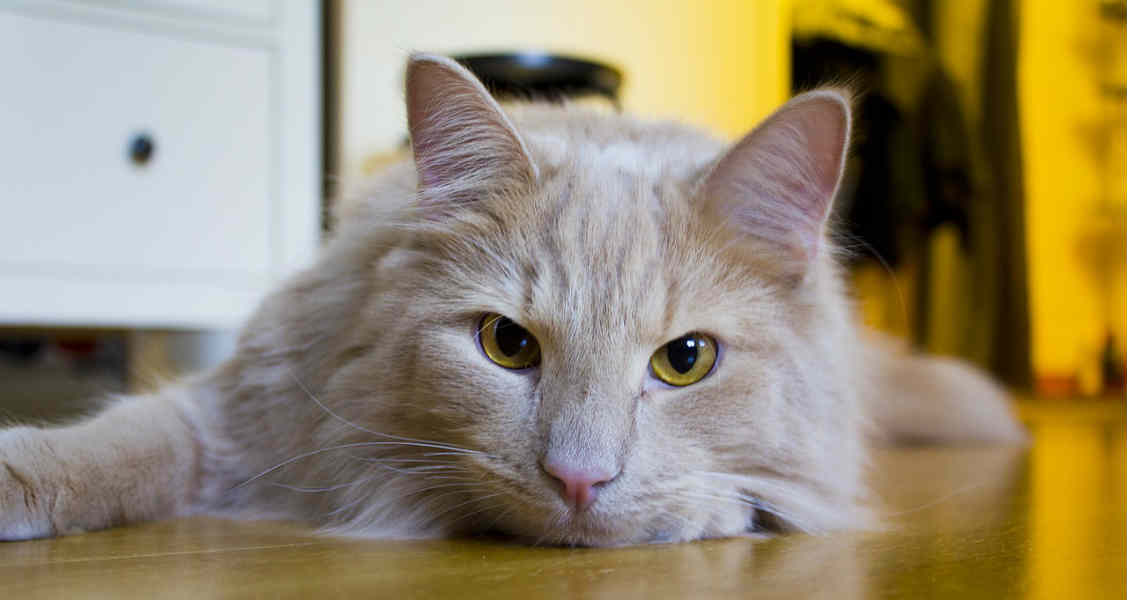Hairballs in Cats and Dogs: Prevention and Home Remedies
By: Dr. Clayton Greenway, B.Sc., DVM | Mar 16, 2017

Most cats and even a few dogs get hairballs at some point in their lives. Most of the time, it’s a problem that goes away on its own. But it can be uncomfortable and unpleasant for both pets and owners—as any cat owner who has unwittingly stepped in a puddle of saliva and coughed up hair can tell you. It’s a good idea to help your pet cope with hairballs and take steps to prevent them from happening again in the future. Thankfully, there are some home remedies for hairballs that you can try before seeing the vet.
Start with a good grooming routine.
Both cats and dogs benefit from frequent brushing to help remove excess fur, especially during shedding periods. If your cat hates being brushed, first get them accustomed to having the brush nearby. Brush them for a few seconds each day and reward them with praise or treats. Gradually increase the amount of brushing until they are comfortable being brushed for a few minutes every day. These short sessions are less stressful for your pet than a long session of brushing to try and remove weeks of accumulated fur or matted areas.
What’s the best cat hair brush to buy?
For cats or dogs, a slicker brush with metal teeth can be helpful for detangling fur and preventing matts. A natural bristle brush is also suitable for most breeds and fur types. For pets with dense undercoats, a de-shedding tool can be very helpful. However, these fine-bladed combs are not recommended for breeds with a long topcoat and may be too intense for cats to tolerate. A soft silicone brush is a better option for sensitive pets.
Try a high fiber diet or supplementing your pet’s diet.
If your pet is prone to hairballs, ask your vet about switching to a high-fibre diet designed to help with the problem. For cats or dogs, ¼ teaspoon of olive oil or 1 teaspoon of pureed pumpkin can also be added to their meals for a few days to help them get rid of hairballs. Avoid using butter or oil as a supplement if your pet is overweight.
Calm your pet’s urge to lick.
All pets need to groom themselves, and it is normal for them to swallow some hair in the process. But if your pet is suffering from itchy skin due to allergies or fleas, they may be overdoing it. If your pet seems to be constantly licking, scratching and chewing at their fur, there may be an underlying problem that needs to be resolved.
Bored pets will often lick themselves when there is nothing else to do. Make sure your pet has physical and mental stimulation to keep it happily occupied.
Know when to see the vet.
Sometimes hairballs can become a dangerous intestinal blockage. See your veterinarian if your pet is constipated or refuses food for more than a day. Frequent vomiting (with or without hairballs) is another sign that it’s time to visit the vet.


Disclaimer: healthcareforpets.com and its team of veterinarians and clinicians do not endorse any products, services, or recommended advice. All advice presented by our veterinarians, clinicians, tools, resources, etc is not meant to replace a regular physical exam and consultation with your primary veterinarian or other clinicians. We always encourage you to seek medical advice from your regular veterinarian.

